Deck & Commander Strategies

Korvold, Fae-Cursed King
Generate card advantage by sacrificing permanents to create treasures and draw cards, powering out a fast and overwhelming storm-style finish.


Malcolm, Keen-Eyed Navigator / Tymna the Weaver
Utilize Doomsday as a one-card combo to win quickly, leveraging manipulation and card draw from commanders to assemble the combo.

Teshar, Ancestor's Apostle
Employ recursion and value synergies to build layered combos, using the commander to repeatedly bring back key combo pieces.


Jeska, Thrice Reborn / Ishai, Ojutai Dragonspeaker
Play a reactive control game, using Jeska to manage threats and Ishai as a large evasive threat to close out the game through combat damage.
Gameplay Insights
- 1
Countering Dockside Extortionist early was crucial in disrupting Korvold’s treasure generation and delaying their storm finish.
- 2
Holding up mana to protect combo pieces or counter key spells proved essential in maintaining competitive advantage.
- 3
Players balanced aggression with caution, often choosing to disrespect opponents’ decks to seize the initiative but risking counterplay.
- 4
The interplay between powerful mana rocks and tutors like Demonic Tutor and Mox Diamond accelerated combo assembly.
- 5
The Jeska Ishai deck’s control elements effectively slowed down explosive combos, showcasing the importance of interaction in cEDH.
Notable Cards
-

Dockside Extortionist
-
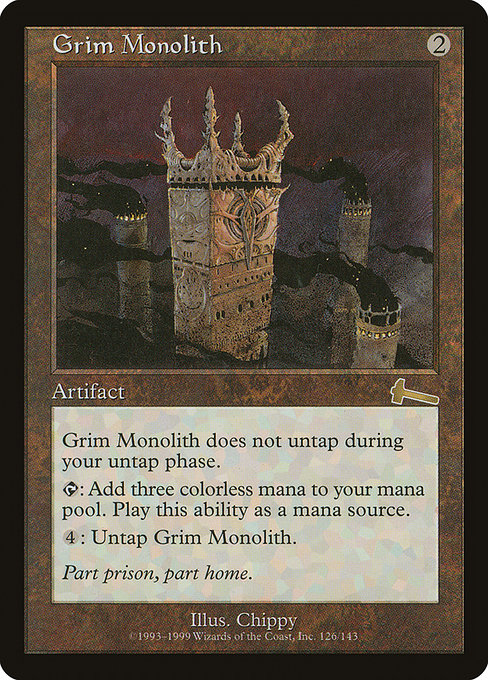
Grim Monolith
-

Demonic Tutor
-
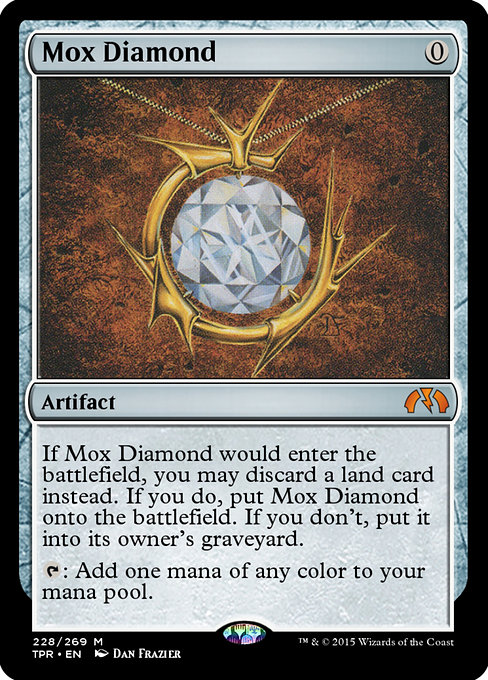
Mox Diamond
-
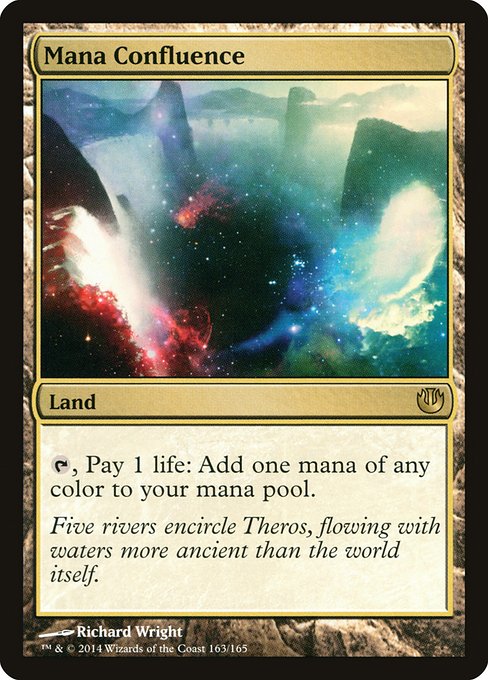
Mana Confluence
-

Talisman of Creativity
-

Ponder
-

Dark Ritual
-
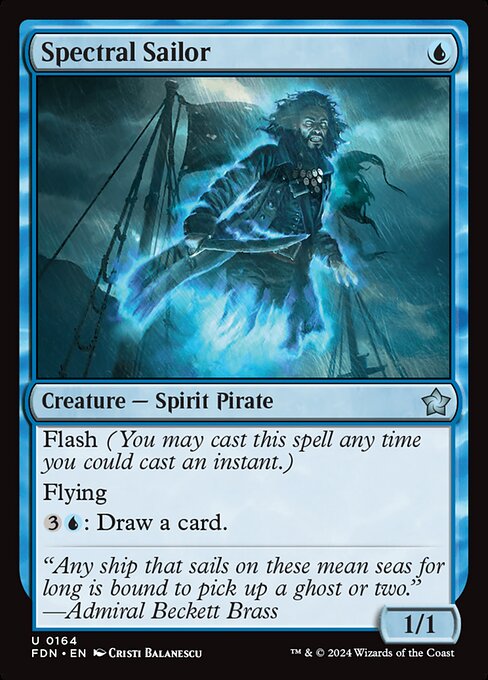
Spectral Sailor
-

Crop Rotation
Gameplay Summary
The game began with each player establishing their board presence and setting up early mana acceleration.
The Korvold deck focused on generating card advantage through treasure tokens and powerful draw engines, aiming for an early win by overwhelming opponents.
The Malcolm and Tymna deck pursued a proactive combo strategy centered around Doomsday, seeking to assemble a one-card win condition efficiently.
Meanwhile, the Teshar deck leveraged recursion and layered combos using its commander to generate value and combo pieces.
Jeska and Ishai’s deck played a reactive control game, using Jeska to manage the board and Ishai as a large beater to eliminate opponents one by one. A pivotal moment occurred when Korvold’s player attempted to utilize Dockside Extortionist to generate multiple treasures, but was met with a counterspell, disrupting the treasure storm plan and forcing a strategic reset.
The Doomsday player carefully navigated mana and card resources to assemble their combo while fending off disruption.
The Teshar player’s recursion and synergy pieces enabled sustained pressure and combo potential, forcing opponents to respond continuously.
Jeska Ishai’s control elements kept the board in check, slowing down opponents’ combos and setting up powerful attacks.
The game’s flow involved intense interaction around key spells like Dockside Extortionist, Grim Monolith, and Demonic Tutor, with players balancing respect and aggression.
Ultimately, the game showcased the tension between explosive combo decks and a reactive control deck aiming to survive long enough to capitalize on board control and damage output.




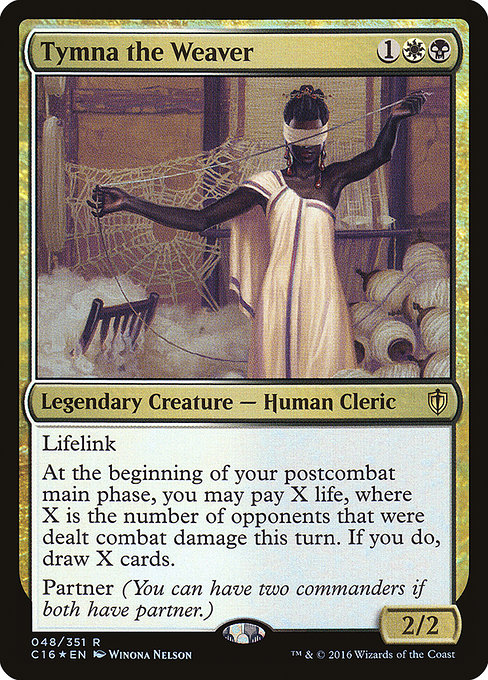





![MAMTG [cEDH Gameplay] S4 E17 | Tymna/Malcolm v Korvold v Tivit v Breya | thumbnail](https://i.ytimg.com/vi/tL5Hy5V1nVw/sddefault.jpg)





























